Food Production is a complex topic, with many factors influencing how it develops. We have looked in detail at a just a few important issues; here is a brief overview of some other factors which you can research as well.
Exercise 14
Use the overview as a starting point for questions to ask yourself and to research, or as a discussion topic starter.
- Rising Food Costs
- Research price of commodities as they leave the farm gate – is there evidence that these prices are increasing? Why is this? What is the effect on hospitality industry of increased food costs?
- Rising Labour Cost and Lack of Qualified Labour
- Labour cost is one of the two biggest costs to a food business. In the section on ethics we discussed the importance of providing a living wage to all workers to live a dignified and sustainable life. How does the concept of increased labour costs affect the hospitality industry?
- The hospitality industry has experienced a shortage of experienced staff for many years, and New Zealand has relied on labour from overseas to fill many hospitality roles. The Covid-19 pandemic has stopped the movement of such workers from country to country, and the labour pool is drying up. How will this affect the hospitality industry in the future?
- There is a recognised shortage of labour on farms in many rural areas of the world, including New Zealand. In Australia, overseas workers make up 80% of the harvest workforce. Covid-19 has stopped the flow of workers from overseas to work on farms, orchards and other food production facilities. What is the impact on these primary food production businesses?
- There has been a decades-long drift of people leaving rural areas to live in cities in search of better wages, better living conditions or better education. What is the effect of this movement on food production in rural areas?
- Food Safety Issues
- Food safety has always been an extremely important part of food production. Recent decades have seen more and more international movement of food commodities and products – how has this trade changed food production systems in developing countries?
- Through the instant delivery of news in the digital age, consumers are more and more aware of methods of food production and of and food safety issues which arise. Again, the Covid-19 pandemic has put hygiene and cleanliness at front of mind for most consumers. How can food producers ensure high standards of food safety?
Read this article as a starting point for researching this topic.
Self-Directed Learning
Find examples to include in your Task 2 (3) Restaurant Trends, setting aside any NZ examples for Task 3. Remember to save all links for referencing.

Restaurants and other food businesses rely on loyal customers returning and attracting new ones through effective marketing to remain profitable. The hospitality industry is vulnerable to changing tastes and fashions to stay relevant and needs to understand customer trends and industry developments to evolve their businesses.
Whilst it is vital for hospitality operations to be aware of changing food trends, they need to make sure that any changes they do make in their business in response is thought through and appropriate to their business – not all trends are appropriate for all operations (for example, the recent trend for “Unicorn food” may be suitable for Starbucks, but probably not appropriate for The French Café).
(Stack, 2017).
Understanding the difference between a real long-term trend as opposed to a flash- in-the-pan “fad” is important for businesses which plan to be around for a long time.
The response to food trends must be carefully evaluated by food businesses to ensure it is relevant and appropriate, but ignoring long-term food trends may be harmful, even if the trend does not appear to fit with the concept of the business at first glance. An example of this is the rise of vegetarian and vegan food, which has been growing for many years and is certain to be a major trend for decades to come.
A steak house may seem an unlikely place to cater for vegetarians, but even here it is important to provide options catering for all guests in the target market.

(TripAdvisor, 2013)
Restaurant trends and developments are not the same as eating habits (which is the next topic). Restaurant trends and developments covers the way restaurants and food businesses improve their processes through the use of technology, innovation in cooking and serving food, new ingredients and cuisines etc.)
Research and note five trends or developments currently being adopted by New Zealand restaurants. Make notes in your journal and save any links you find to useful information.
Self-Directed Learning
Research, plan and gather examples for Task 2 (3). Save links for referencing.
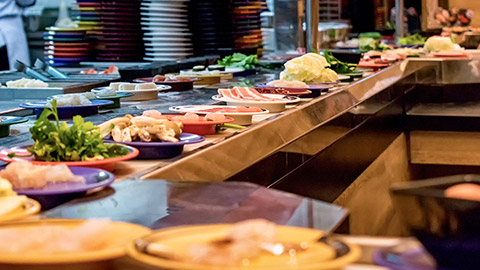
Technology has been a major factor in changing the way we do things in modern times. We have already seen some applications of technology in different sectors of food production, but technology has also had a big impact on the way restaurants and other food operations carry out their business. Technology influences every stage of a food operation, from ordering supplies to monitoring activity on the premises, through accepting and delivering customer orders to cooking and serving the food.
As with so many other aspects of our lives, the Covid-19 pandemic has been a huge disrupter in the way food businesses work, especially those relying on filling dining rooms. Many of these have had to change their business model for lockdowns when customers are not allowed on the premises. Some of these changes may well become permanent, as customers have adapted to a new way to eat at their favourite restaurant.
Exercise 16
Find at least 4 technologies which are changing the way food is prepared and served in commercial hospitality operations. There are developments in both back of house and front of house operations – you should find at least 2 of each. As always, don’t forget to save your links so you can reference your research if you use it in your written assessment later.
You should begin by watching the video linked to in the QR code.
Self-Directed Learning
Watch the video and write down your responses to these questions:
- What do you think ‘authenticity’ means in food?
- Does it matter whether food is ‘authentic’ - if it is good and what people want to eat?
Continue working on Task 2 (3).
What is authenticity in cooking?
Authenticity is defined as “being what it is claimed to be; genuine”Cambridge Dictionary, 2021
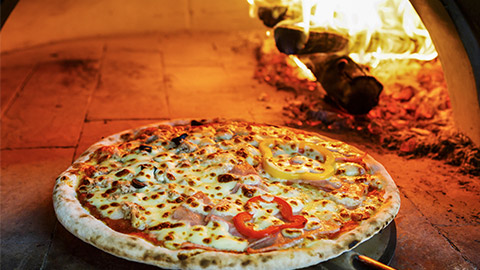
In cooking, authenticity is a complex concept, and defining exactly what is an authentic cooking style is very difficult. There is often a lot of disagreement on what is “authentic”.
Now we realise that “authenticity” is quite a vague concept in cooking styles, but at the same time it is a characteristic that consumers really value, what can a food business do to appear “authentic”? One way is to remain consistent to a concept, cuisine or food style and not stray into other areas.
In our practical classes on campus we have looked at different cuisine styles, from fast food to fine dining. One of the key learning points from this study was understanding that consistency within the cuisine style is important for a food business to create a clear message for its customers and to avoid confusion about what the business was offering. So, for example, a high-end fine dining restaurant would be expected to have dishes at a certain price point, anything too cheap would seem out of place and not make sense. Similarly, a neighbourhood bistro would be unlikely to be able to sell a complex fine-dining main course for $65 when other dishes sell for around $30.
The importance of consistency is not only for the food service style, but for every other part of the food business too.
Exercise 17
Consider these aspects of a food business and explain what would make them seem authentic (or inauthentic). Made your own notes.
- Ambience.
- Service.
- Menu choices
- Price points.
Trends in Authenticity - Regional Specialisation
Examples of this include food from specific regions rather than broad ethic categories. Through travel and exposure via TV and internet to a wider variety of global cuisines, diners in Western countries have become more interest in the differences in regions in popular cuisines. So, rather than generic “Indian” restaurants serving very similar menus, there is a trend in bigger cities for more regional (“authentic”) restaurants – e.g. Punjabi, Gujarati, Goan etc. with their specialisations. The same trend can be seen in many other popular cuisines.
(Londonist, 2016)
A restaurant in London run by a mother and son team which started as a market stall, they specialise in the pure vegetarian cuisine of the Guajarati city of Surat. Dishes change frequently with the seasons, but may include spiced lentil cakes, bottle gourd curries and fenugreek flatbreads.
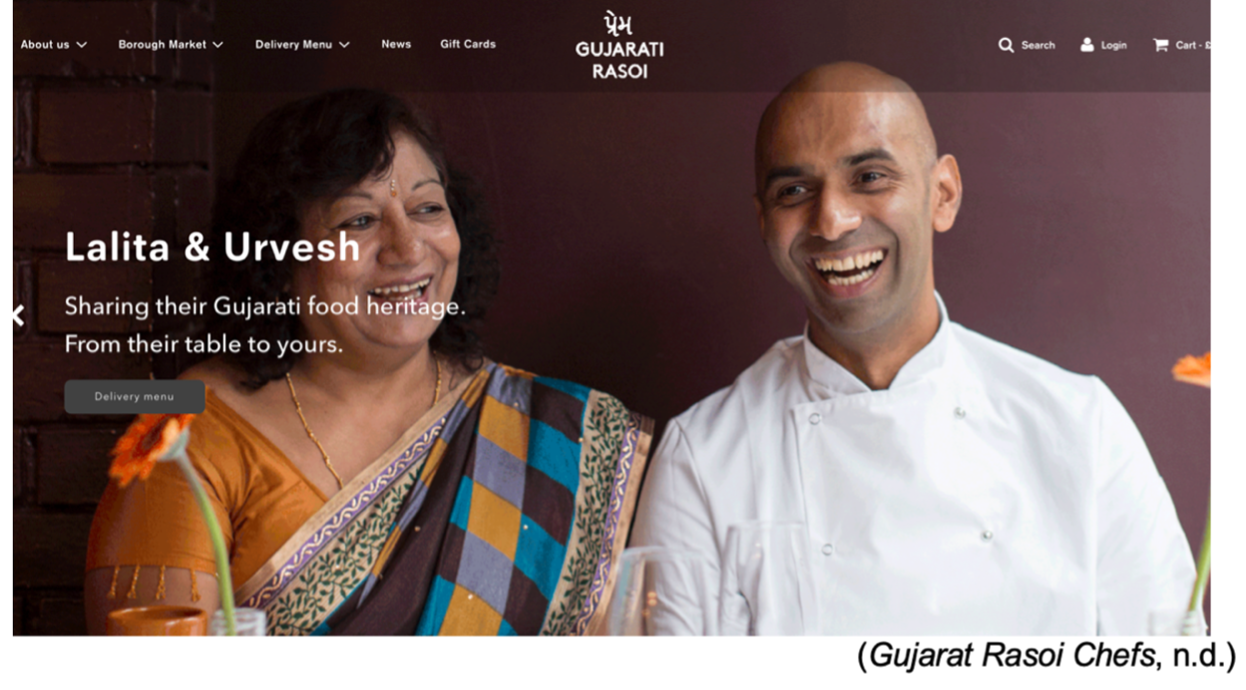
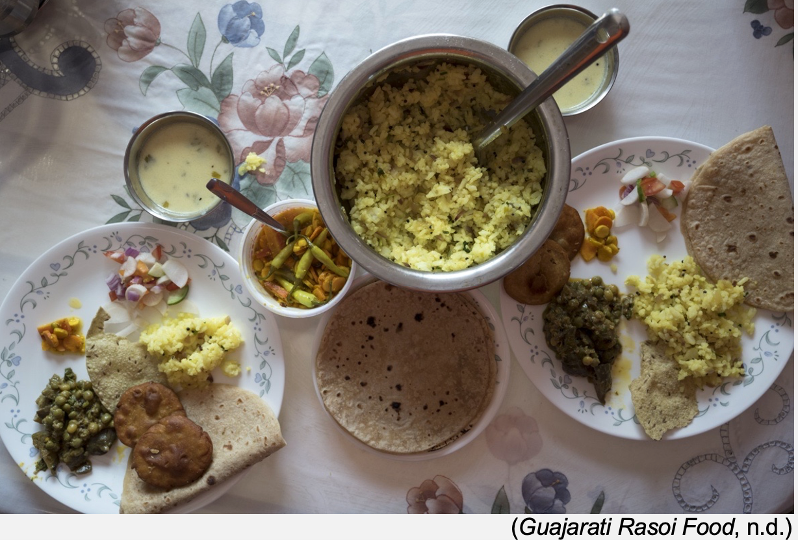
Cooking traditional, family dishes using “methods and techniques learned and perfected over generations”, Lalita and Urvesh serve Guajarati food as they ate at home, with certain dishes only appearing on the menu at specific times of the year when relevant to cultural or religious traditions – for example Ghoogra pastries served at Diwali.
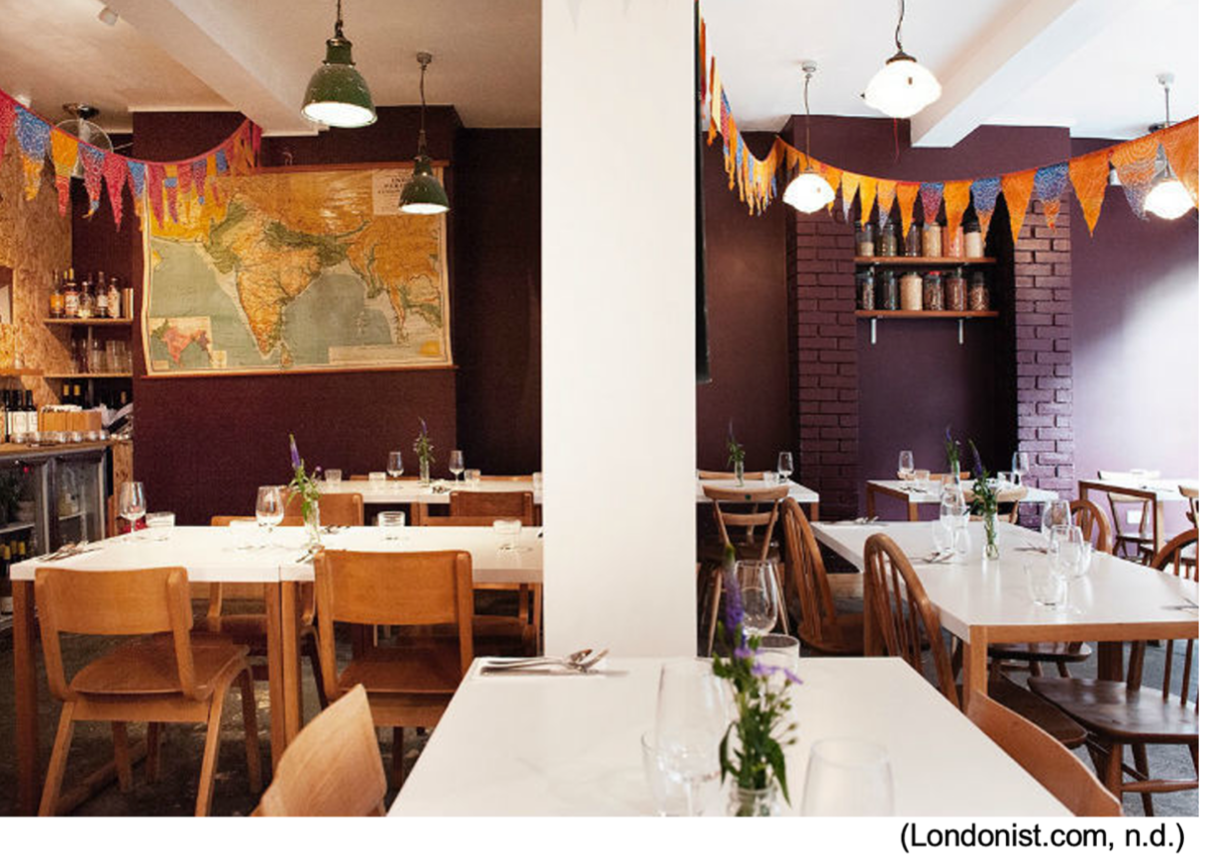

Self-Directed Learning
Complete Task 2(3) Restaurant Trends.
The Guajarati Rasoi restaurant is an example of the trend of regional specialisation of an established popular cuisine.
Exercise 18
Find another example of this trend from a different cuisine. Make notes on the menu items and any other aspects which appear to offer “authenticity”.
Discovering New Ethnic Cuisines
Thinking back to our studies of culture and regional cuisines, we saw a wide variety of new food styles becoming popular in Western countries - through immigration, travel, media exposure etc One example we looked at was Ethiopian food, and we can also see a growing number of Ethiopian restaurants in our cities. Other cuisines have also seen the same rise in popularity, with restaurants opening to cater not only for their communities, but the general population too.
Case Study: Bati Ethiopian Kitchen, New York
Started in 2009 by Hibist Legesse, originally from Ethiopia’s capital city Addis Ababa and serving traditional Ethiopian food communal style on platters lined with injera bread. Seating is in a dining room showcasing Ethiopian art and photography. (Kuntzman, 2009). The New York Times says their injera bread is authentic, using 100% teff flour, compared to other restaurants which add other flours to make the dough easier to work with.
(Mishan, 2009)

Self-Directed Learning
No SDL Fridays (4 hours per week)
